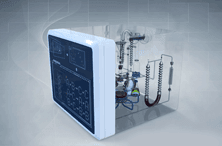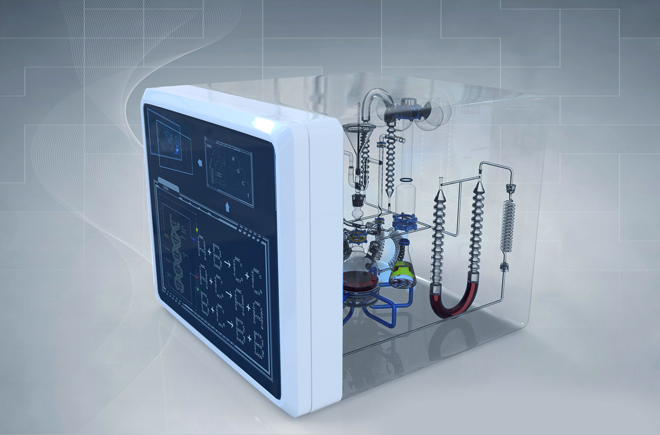New Programming Language Makes Coding for Synthetic DNA Possible

Researchers from the University of Washington have developed a new programming language. Unlike the conventional programming languages used to write codes for computers, this programming language can be used to program DNA molecules and other chemicals instructing them how to interact in in-vitro or in-vivo environments.
The programming language for chemistry is developed with an intention of guiding chemical reaction mixtures to perform the tasks they are pre-programmed to do in order to get the desired product or results. The new programming language is based up on the chemical reaction networks, where an abstract mathematical model is used to make DNA that builds molecules to realize the desired dynamics. Researchers are working on making this a flexible programming language by creating a framework, so that the same system can be reprogrammed easily for other functions, instead of having to build a completely new system for individual functions.
In order to design a fully functional efficient system, the scientists are working on creating synthetic systems that behave like biological ones and create synthetic DNA molecules for specific functions. This mechanism can be implemented into biological systems to initiate self assembly of molecules inside the cells, acting as smart sensors and responding to changes when required, to ensure normal functioning of cells. This technique is still under development and it is not ready for medical use yet.
This research, funded by National Science Foundation, the Burroughs Wellcome Fund and National Centers for Systems Biology is published in Nature Nanotechnology.
Source: University of Washington

